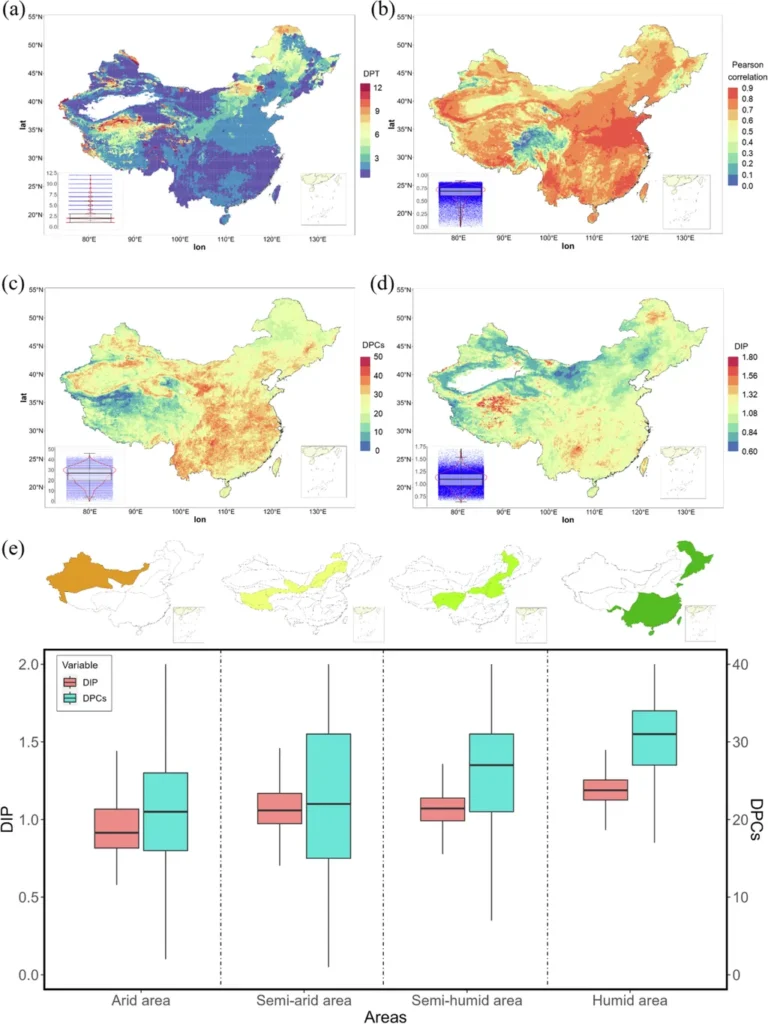In the face of escalating climate change, Eastern China’s agricultural heartlands are grappling with increasingly severe and frequent droughts, threatening the region’s food security and economic stability. A groundbreaking study published in *Agricultural Water Management* offers a comprehensive assessment of drought patterns and their drivers, providing a roadmap for targeted mitigation strategies.
The research, led by Yiwen Ma from the Institute of Scientific and Technical Information at the Chinese Academy of Tropical Agricultural Sciences, introduces a novel framework for drought monitoring. By combining the Standardized Precipitation Index (SPI) and Standardized Soil Moisture Index (SSI) into a Copula-based Multivariate Standardized Drought Index (MSDI), the study offers an unprecedented view of drought evolution across Northeastern China (NEC), the Huang-Huai-Hai (HHH) region, the Middle and Lower Reaches of the Yangtze River (MLRYR), and Southern China (SC).
The findings paint a stark picture of worsening drought conditions, with a notable southward shift and escalating frequency, intensity, and severity of short-term drought events. “While Northeastern China shows slight improvement, other regions are experiencing drought severity beyond the regional average,” Ma explains. This trend poses significant challenges for the agriculture sector, with potential impacts on crop yields, water management, and food prices.
The study employs advanced machine learning techniques, including XGBoost and SHAP, to quantify the contributions of various drivers to drought conditions. In NEC and HHH, solar radiation (SOL) and diurnal temperature range (DTR) emerge as dominant drivers, accounting for 35.5% and 39.1% of drought variability, respectively. In contrast, relative humidity (RH), normalized difference vegetation index (NDVI), and potential evapotranspiration (PET) exert greater influence in MLRYR and SC, with contributions ranging from 38.6% to 50.0%.
These insights are crucial for developing region-specific drought mitigation strategies. “Understanding the driving mechanisms behind drought variability enables us to propose targeted interventions that enhance sustainable agriculture, food security, and disaster resilience,” Ma notes. For instance, improving water-use efficiency and adopting drought-resistant crop varieties could mitigate the impacts of drought in regions where RH and PET are key drivers.
The study’s innovative approach to drought monitoring and attribution analysis sets a new standard for large-scale drought assessments. By integrating advanced statistical methods, machine learning, and comprehensive data sets, the research offers a robust framework for understanding and addressing the complex challenges posed by drought in agricultural regions.
As climate change continues to exacerbate drought conditions, the insights from this study will be invaluable for policymakers, agricultural practitioners, and researchers. By providing a clear, data-driven understanding of drought patterns and their drivers, the research paves the way for more effective drought management and adaptation strategies, ensuring the resilience of Eastern China’s agricultural sector in the face of a changing climate.
The research, led by Yiwen Ma from the Institute of Scientific and Technical Information at the Chinese Academy of Tropical Agricultural Sciences, was published in *Agricultural Water Management*.

